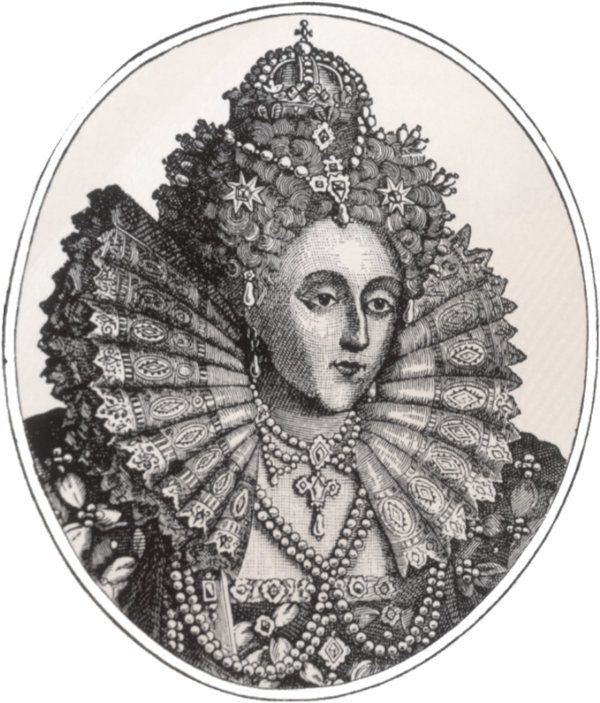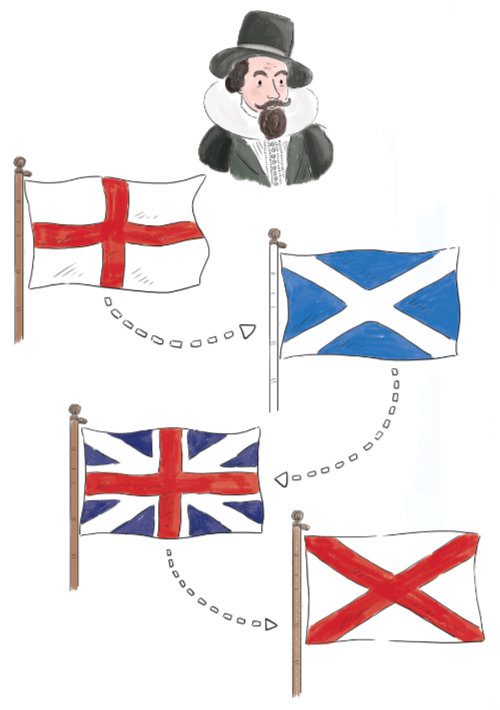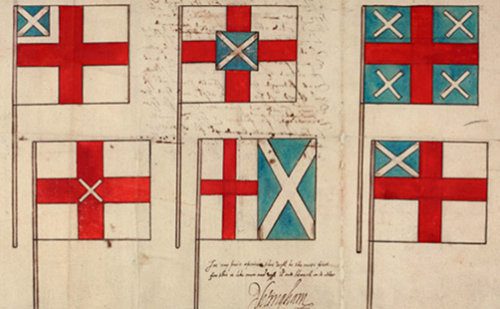The Union with England
The Union of the Crowns
Up until early in the 17th century England and Scotland were two separate kingdoms.
This changed in 1603 when Queen Elizabeth of England died.
She wasn’t married and she had no children to succeed her on the throne; the English Parliament asked her cousin, King James VI of Scotland, to be King of England.
So he was now called James VI and I. Scotland and England now had the same king.
This is called the Union of the Crowns.
James wasn’t satisfied with being King of Scotland and King of England.
He wanted to join the two kingdoms and make one big united country.
In May 1603, just weeks after reaching London, he issued a proclamation that England and Scotland would be united.


In October 1604, James VI and I declared that he would now be known as King of Great Britain and that his title would not separate England and Scotland.
In the same year a commission of Scottish and English Members of Parliament was set up to consider unification.
James knew it would take a long time to unite the laws, the parliaments and the economies of the two countries, but his proposal wasn’t welcomed in Westminster.
The commissioners, who debated the unification at Westminster from November 1606 until July 1607, agreed they would do away with laws which were against the Scots, but they couldn’t reach an agreement on unification.
James accepted that he hadn’t been successful in this matter, but he never forgave the English Parliament for opposing his vision – one British kingdom under one crown.
He would have to be satisfied with symbolic reforms and gestures.
In 1606 James gave orders for a British flag to be created which combined the crosses of St George and St Andrew.
The result was the Union Flag, the Union Jack – it is thought that Jack was a shortened form of Jacobus, the Latin version of the name James.


These ideas for combining the flags of Scotland and England are dated 1604.
They show how early some people were thinking of a union of the two nations.
